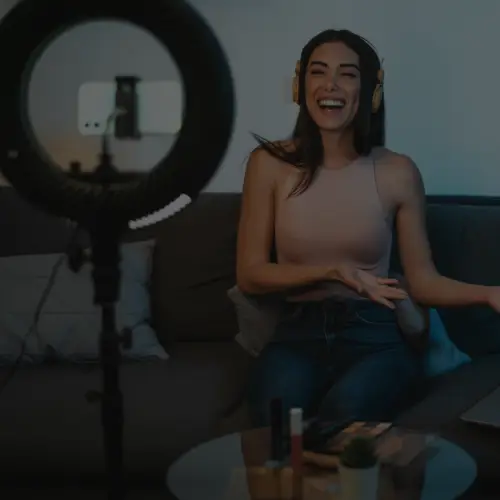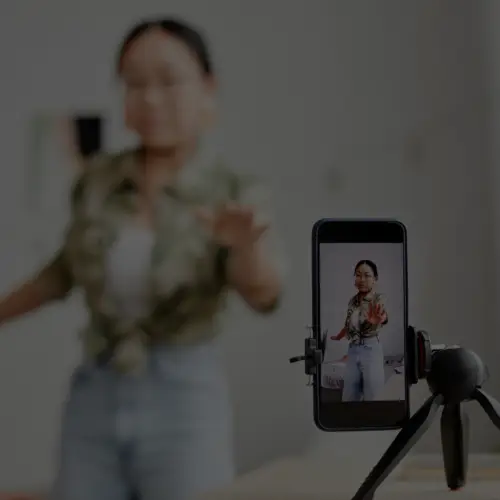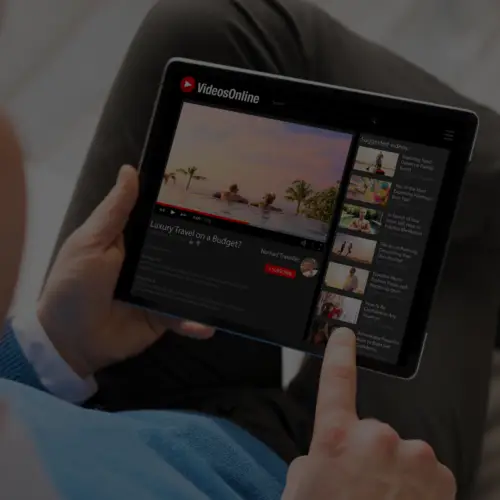10 Mar What Do the Pinterest Acceptable Use Policy Updates Really Mean?
Over the past several weeks, we’ve heard a lot of chatter within the influencer community around Pinterest’s updated Acceptable Use Policy and Advertising Rules. It seems Pinterest has been penalizing influencers for “spam,” but many of our influencer partners are a bit confused about what they can and cannot do when publishing content on behalf of a brand.
We did some digging for clarification and here is what we’ve found. As the Read Write Web article alludes to, those penalties have been aimed at “visual spam.” Additionally, it is the Pinterest users marking the content as spam that has triggered Pinterest to penalize influencers for publishing this visual spam.
The following information is a summary of updates from Pinterest’s Acceptable Use Policy followed by our point of view on how these changes may affect future influencer marketing campaigns.
Overview of Pinterest Updates:
In January, Pinterest updated their Acceptable Use policy “to be more clear.” From Pinterest: “To keep Pinterest feeling authentic, we’ve also added guidelines about not getting paid per follow or Pin.” We’ve outlined those updates in the following bullets (A link to Pinterest’s updated policies can be found at the end of this document):
- We don’t allow schemes that buy and sell Pins or pay people per Pin, follow, etc. We know that some popular Pinners have relationships with approved affiliate networks or participate in paid social media campaigns, and that’s still okay as long as they’re not being compensated for each action on Pinterest.
- A business can pay someone to help them put together a board that represents their brand. For example, it’s okay for a guest blogger to curate a board for a local boutique’s profile. We don’t allow that boutique to pay bloggers to Pin products to their own boards.
What does it mean to “Pay to Pin”?
Some agencies and companies pay influencers and, in some instances, general consumers “by the Pin, Follow, or Like.” This means that they pay them for every product Pinned to their personal boards, brand Follow gained through the influencer’s content, or product image Liked.
Should Influencers Still Use Pinterest For Brand Sponsored Content Marketing Campaigns?
Yes, absolutely. It is our opinion that the method by which we execute content creation via influencer marketing is well within these guidelines.
- We do not pay influencers to pin products to their boards. We pay them to create and curate content for us, and they pin or repin content from multiple sources including the posts they create for our campaigns to campaign specific group boards and/or influencers’ boards.
- The brand is a piece of that content, yes, but it is not “visual spam.” We ensure influencer pinned content is always inspirational content around a specific theme in which the brand may be included.
- Additionally, the specific content is always within the same category of content the influencer typically produces on his/her social channels.
- These updates further support our overall approach to influencer marketing. We collaborate with our influencers to ensure generation of content is more Native Ad by nature where a brand becomes a part of the influencer’s content, versus going the route of sponsored content where brands pay influencers to focus solely on a product.
Could This Impact Campaigns in Any Way?
Potentially. While we are confident the content being produced by our influencer partners are well within guidelines, we do see a potential scenario that could result from these updates and ultimately impact campaigns overall.
Pinterest Pin Parties are fairly new and may come under fire.
- For these parties, a Group Board is created around a common theme and invites are issued via influencer blog posts. Those that sign up are invited to join a collaborative board for an hour of inspirational Pinning. This means there are multiple users on this Group Board and the majority are not influencers.
- We feel there is little risk of content being marked as spam during the party since participants are fully aware of why they have chosen to participate (often in hopes of winning a prize)
The real danger comes after the Pin Party, when the brand can continue Pinning to the party board and may ultimately cause the connected influencers’ accounts to be flagged as spam – potentially even having Pinterest freeze their accounts.
What Does This Mean For Future Campaigns?
There are a few precautions and/or new processes that should be put in-place to ensure the safety of our influencer partners’ accounts and the content being produced since losing content could mean the significant loss of overall campaign reach and engagement or worse, the loss of an important relationship.
- Group Boards created for the overall benefit of a campaign, particularly those planned for continued use, should NEVER be used to execute Pin Parties.
- A separate board should be created for Pin Parties and considered “Closed” to influencers and the brand following the end of the party.
- Community Managers must ensure content published to brand owned Pinterest accounts is not product/brand focused but instead should reflect Pinterest’s overall Pinning etiquette.
Examples of Acceptable vs. Unacceptable Pinterest Content
Acceptable Pins:
Unacceptable Pins:
Additional Reading:
Pinterest Acceptable Use Policy
Pinterest Blog Updates to our Acceptable Use Policy
ReadWrite Behind Pinterest’s Crackdown on Paid Pins: StopPinning Visual Pollution










